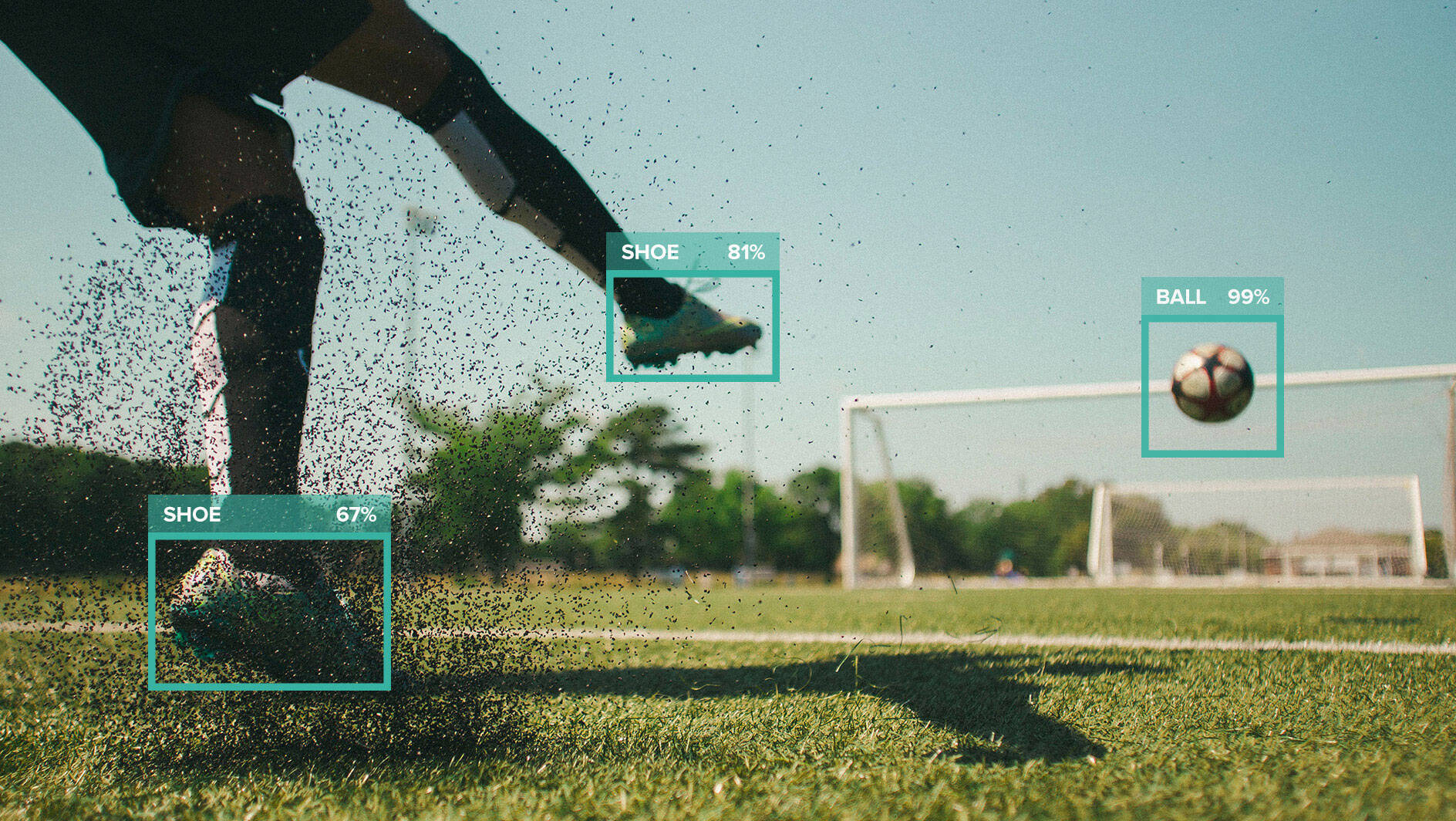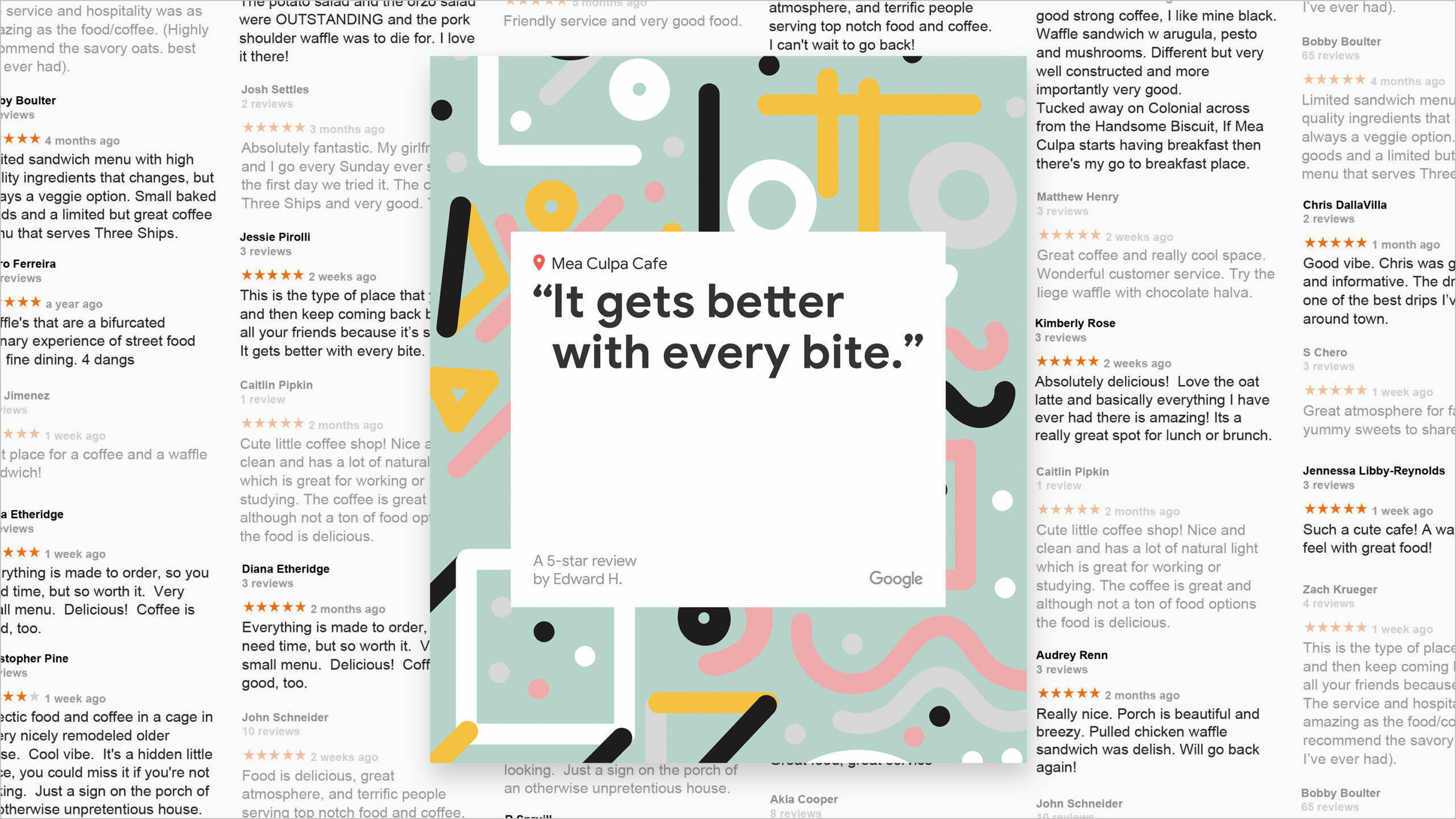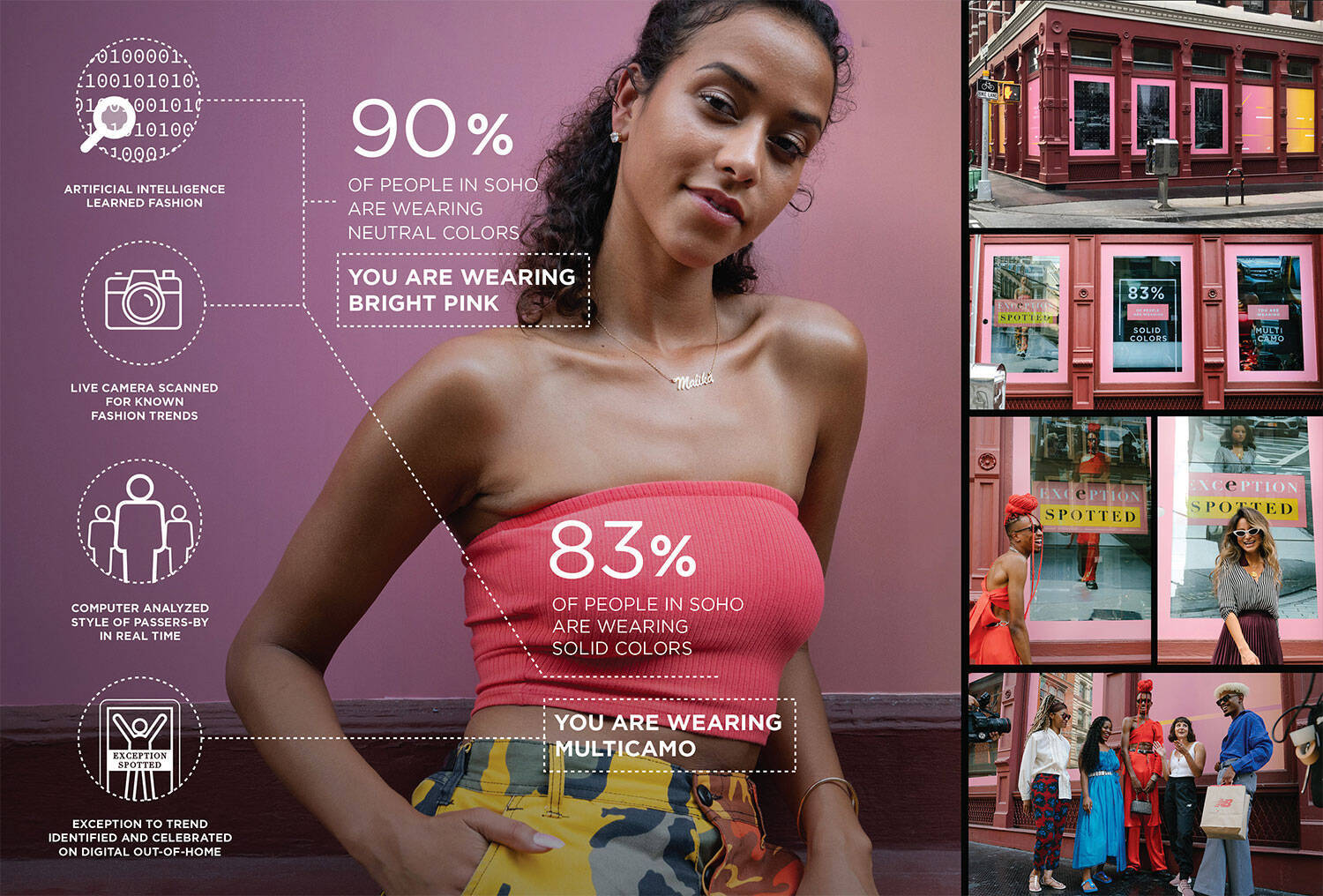
You’ve read the buzz-worthy headlines: “This ad was created by artificial intelligence” … “Machine learning runs this brand’s social media channels” … “Our AI-powered user experience revolutionized sales.”
Artificial intelligence (AI) has been working its way into many industries over the past decade, but it has burst onto the digital marketing stage as the next big thing. “Add AI to your brand’s next campaign and watch the magic happen.”
But the power of AI is often misunderstood, especially when it comes to the technology’s role in creative campaign development and powering transformative digital experiences. AI certainly can be magical when applied correctly, but the secret to unlocking its effects is through partnership with talented, experienced creative and technical teams — not just pulling a rabbit out of a hat.
If you’re thinking about what AI can do for your brand, here are three areas to explore where AI can really shine, and how to approach them with your marketing team and agency partners.
But first, the world’s quickest AI primer
At its most stripped down, artificial intelligence boils down to telling a system “hey, go do this, over and over and I’ll give you some feedback along the way.”
There are two parts at play here. First, defining tasks for AI to perform that will result in your desired outcome. There is no out-of-box, plug-and-play version of AI. In many ways, AI needs to be a bespoke solution for both the creative problem at hand and the data it must interpret. The other part of this is how the system becomes smarter along the way. This process is called “machine learning”, a type of AI where systems can predict new outputs based on large training data sets. Humans essentially tell the system, “Yes, that”, or “Not that, this instead”, training it to be able to make those micro decisions millions of times over on its own.
With that brief introduction in mind, let’s move on to the three key areas you harness AI magic in digital creative campaigns: generating creative elements, finding meaning in diverse data sets, and automating tasks at scale.
1. AI can generate new creative elements
AI can’t solve a creative brief for you, but it can be used to generate elements for your team to turn into a killer execution. Think of AI as finding new ingredients, and not creating and executing full recipes.
Machine learning can be trained to take a bunch of inputs (text, images, videos, and so on) and create more like them. But behind the scenes is both a technical team training a computer program to understand a creative problem through examples of successful solutions, and a creative team curating the output.
In these cases, hundreds or even thousands of solutions may be surfaced by the AI, and creative minds cull down and craft a final output. Sometimes these curated results are even fed back into the AI program for even more precise results. Here’s an example…
Last year, the indie band YACHT drew notice by releasing an album created using machine learning and shared their experience at Google I/O. YACHT used separate workstreams for the music and lyrics, both built on a similar principle: teaching AI what the band sounds like. For music, the band fed the system their entire 82-song back catalog, stripping down tracks to their melodies. The program began creating new melodies, looking for notes and musical patterns that were similar to the training data — as the band put it, “it allowed us to find melodies hidden between songs” that the band might have written themselves in some other parallel world. Similarly, they used a different machine learning program to feed a decade’s worth of journal entries from each band member and get potential song lyrics. Here’s one of the songs they created (and even used AI to generate the visuals).
For both music and lyrics, the results were much more akin to a lengthy brainstorming session than computers offering up new hit singles. Like any round of brainstorming, the band had to “yes, and” new ideas, looking for suggestions that worked well together and culling out those ideas that didn’t hit the mark. This AI jam session lasted for months, longer than any of their past album creation processes. But the final product was something YACHT said they couldn’t have ever created on their own, even though AI suggested every note and word based on the band’s own inputs.
For the band, one of the biggest realizations during this process was that they found themselves creating new music with AI — AI did not create music for them.
2. AI can find meaning in large data sets
Some of the best data is big data — large, robust sets that with the right coaxing, can tell personal stories and fuel some of the greatest creative campaigns. There’s gold in them thar hills. Whether you’re trying to find the perfect needle in a haystack of needles or wanting to say something personal to a single user amongst millions of data rows, AI can be a key to unlocking meaning at scale. Modern data sets are of unimaginable size, and finding patterns within that chaos is where AI excels.
In our project with Google called Small Thanks, some 28 million small businesses instantly gained access to fresh, uniquely crafted marketing materials at the flick of an AI-powered switch. But before the magic happened, a custom-built, machine-learning algorithm scoured hundreds of millions of customer reviews and used sentiment analysis and other AI methods to choose the best testimonials for each business. The program even analyzed the review text to most effectively lay out eye-catching posters, social assets and more. This automated gift to millions of businesses creatively unlocked data at a scale no team of humans could do on their own.

Similarly for 2018’s New York Fashion Week, New Balance was eyeing a large (but less structured) data set: every passerby on crowded New York City streets. They wanted to underscore the sportswear company’s history of trend-averse design by finding and rewarding those individuals in the crowd that were breaking the mold of modern fashion. After using machine learning to train an AI system about the latest fashion trends, the team created a computer vision program to essentially judge pedestrians. Computer vision is a form of AI that can look at a series of images and interpret what is, or is not, in a scene. This program found people and identified those who broke with style convention through colors, patterns, or other means. When a fashion rebel was identified, New Balance rewarded them a pair of new sneakers. In this instance, AI was able to interpret the real world, in real-time, on a large scale, allowing creative marketers to make a brand statement with both meaning and impact.

3. AI can automate your campaigns
AI can not just help create and power your campaigns — it can also help run them. AI can automate tasks required for a campaign and do so intelligently, making informed decisions to be a campaign’s auto-pilot. This can range from responding to users on social media channels all the way to creating custom assets on the fly to match real-time events, as was the case in our work for EA Sports’ Madden GIFERATOR.
The team programmed an AI engine to monitor and interpret plays occurring for all 256 NFL games during the 2015 season. A decision tree powered with thousands of copywriting variations allowed the engine to pair in-game images with play-by-play commentary, autonomously publishing assets to the website, GIPHY.com, and even dynamic ads. The AI was programmed to create market-based ad buys for what it determined to be “big” plays, giving regional users real-time gifs of their favorite teams in digital ads across the internet. This allowed the marketing team to set GIFERATOR free on the internet for 6 months, automating their campaign for maximum exposure and freshness.
With great AI power, comes great responsibility
It is important to note that human “inputs” are the heart and soul of machine learning. And because AI only “learns” based on the data and parameters it’s given by humans, it is vulnerable to human biases. Marketers need to be watchful for these biases, which can show up in unexpected ways. For example, if you train AI to identify images of doctors, but 80% of the training images submitted show male doctors, the system may think that doctors can only be male. Check out this Think With Google article outlining these pitfalls in more detail.
AI is more rocket science than magic
Even after breaking through all the hype, it’s clear that AI is a tool that marketers can and should be using — a tool that requires talented teams to wield. It is not a magical robot autonomously creating commercials, books, and everything in between. And AI does not replace creative marketers and/or agencies — in fact it requires that distinct mix of strategic, creative and technical perspective and experience in order to function at all. As AI continues to revolutionize digital marketing, it will be up to humans to train themselves on how best to harness its potential as a game-changing creative tool.
